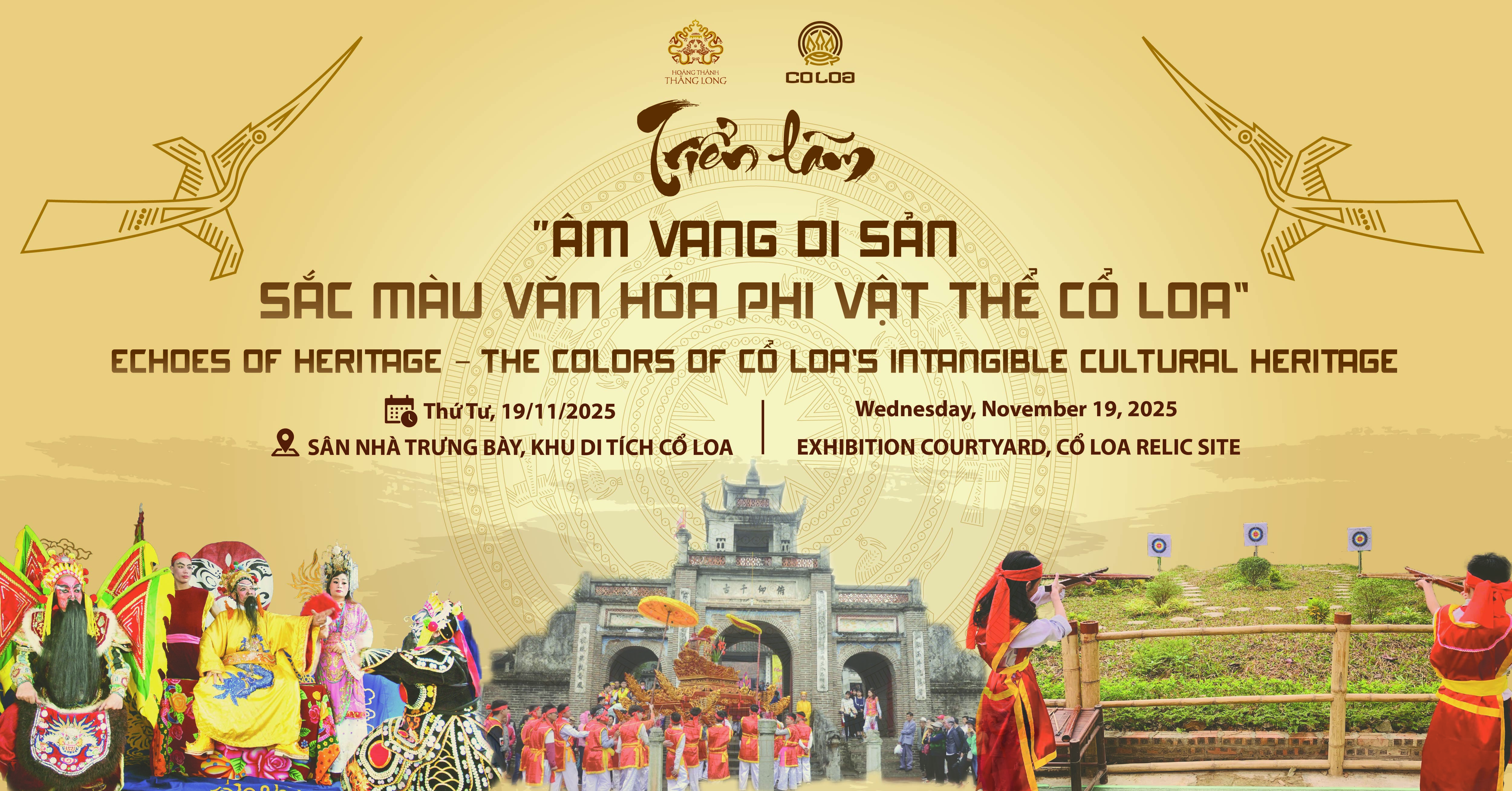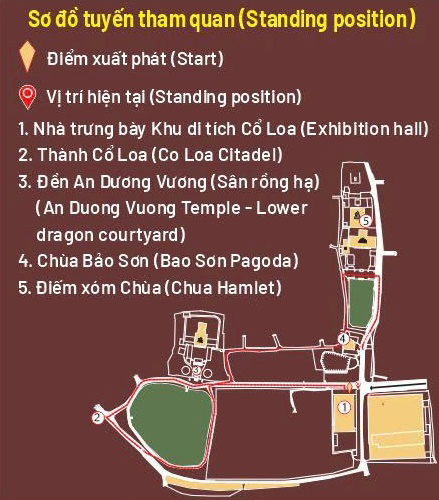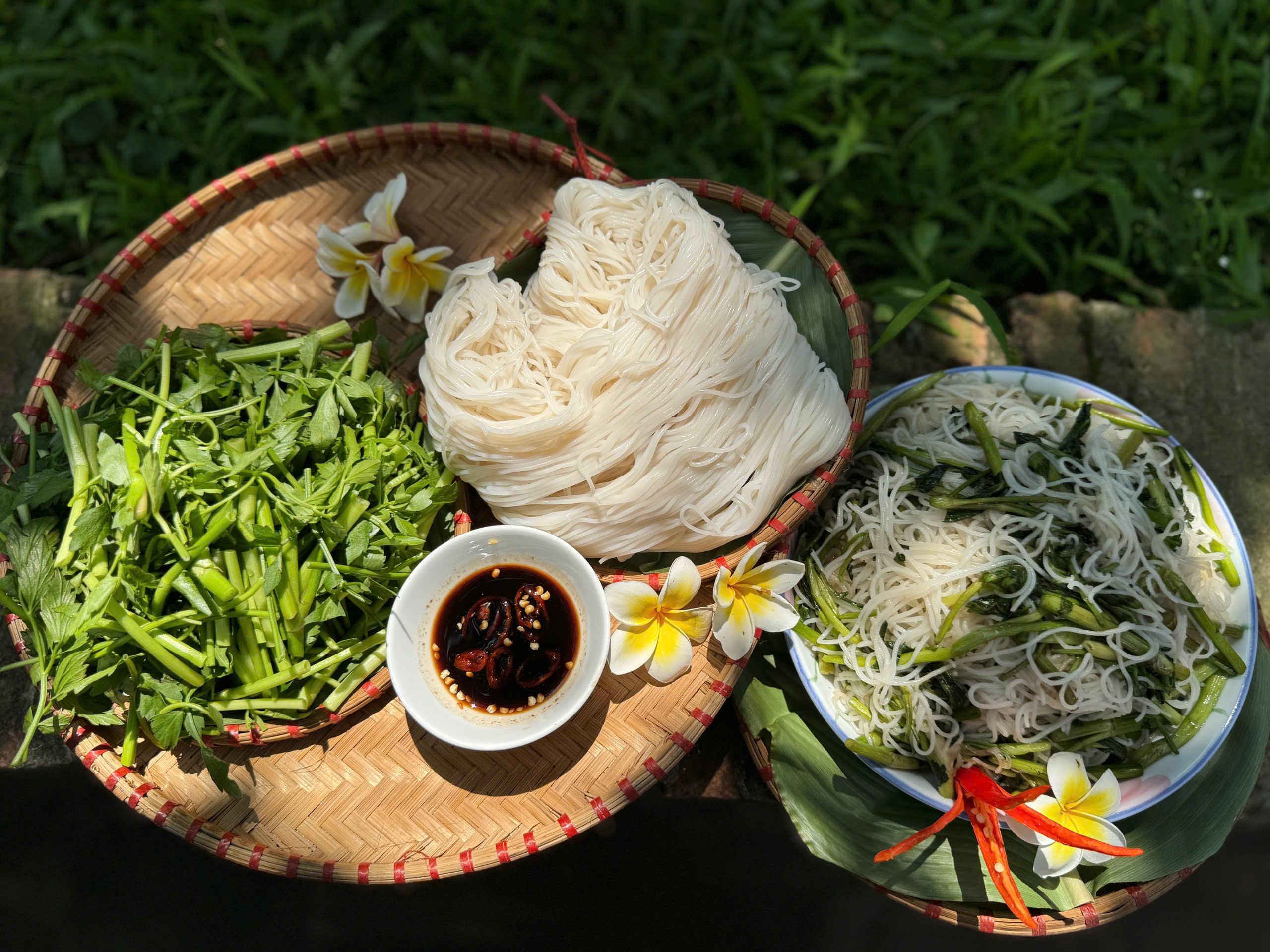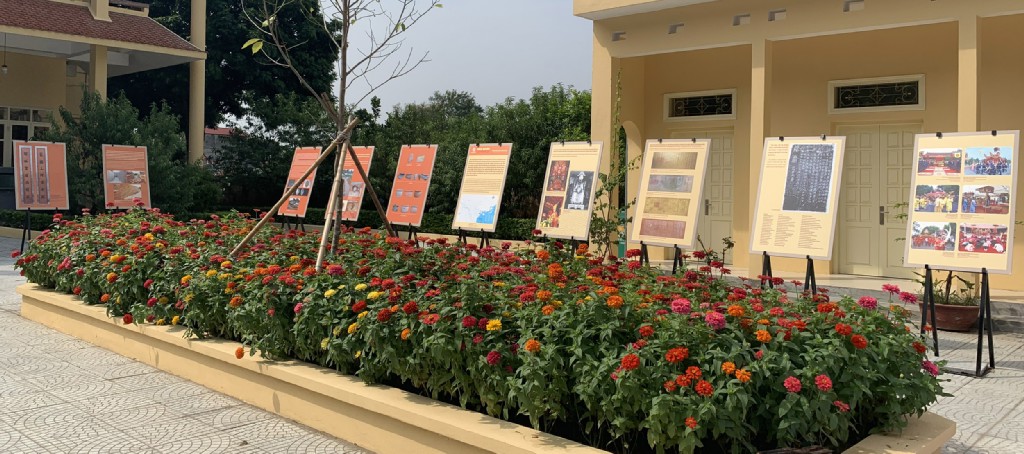
Nearly 100 images will be displayed in the exhibition "Ngô Quyền – Ancestor of the national renaissance " at Co Loa from October 8, 2020 to November 30, 2020.
Co Loa is one of the precious historical relics of the capital and people of Vietnam. This place has twice been the capital of the country: the capital of Au Lac in the An Duong Vuong period (third century BC) and the capital of Ngo Quyen era (10th century).
Ngo Quyen, a national hero associated with his glorious victory in defeating the invading Northern army on Bach Dang river (938), ended more than a thousand years of North domination, opening the era of long-term independence and development. outstanding development of the Vietnamese people. After defeating foreign invaders, in the spring of 939, Ngo Quyen followed the nationalist, proclaimed King, and chose the land of Co Loa as the place where the capital was built, "set up a hundred mandarins, and established the court with rituals."
The exhibition "Ngo Quyen - The ancestor of the renaissance of the country" will be displayed at the Ancient Loa relic from October 8 to November 30, 2020.
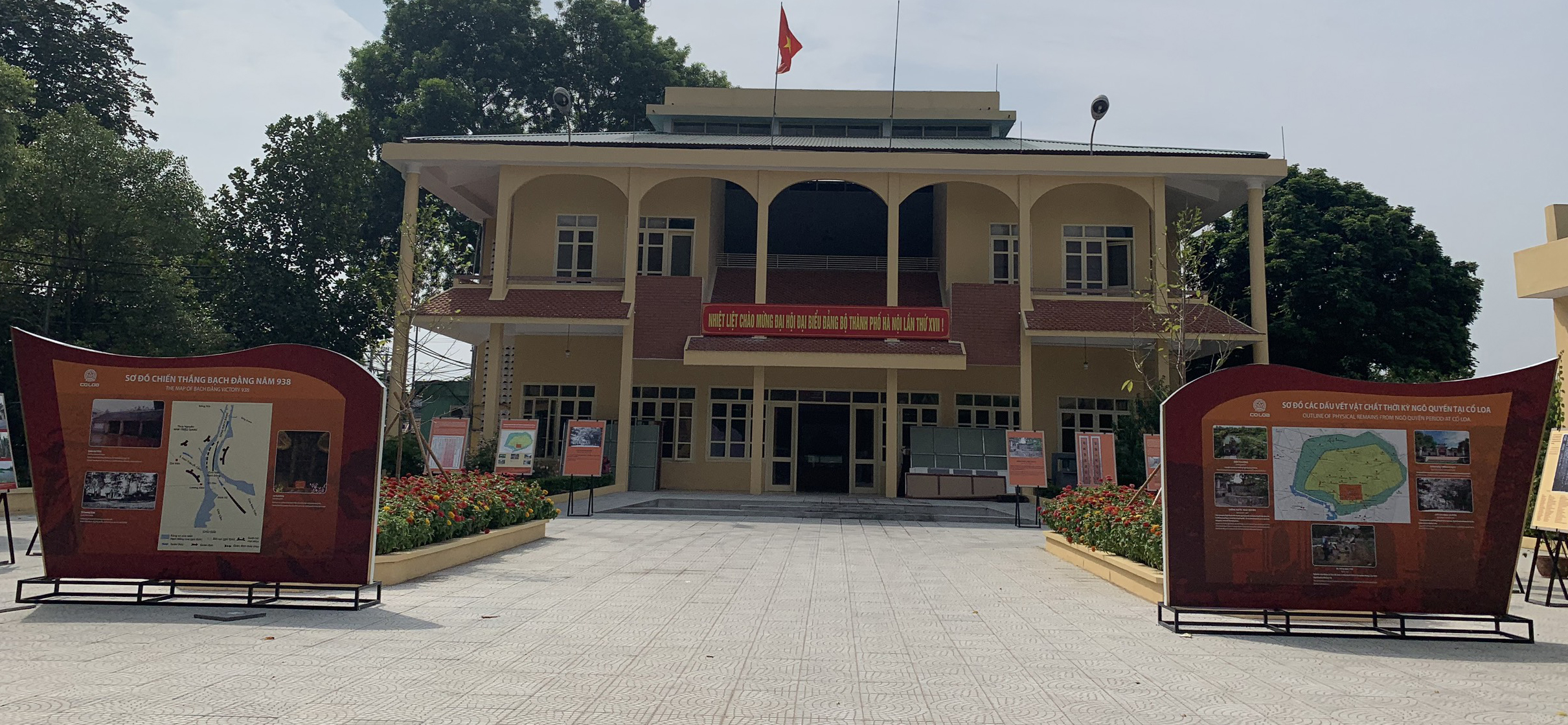

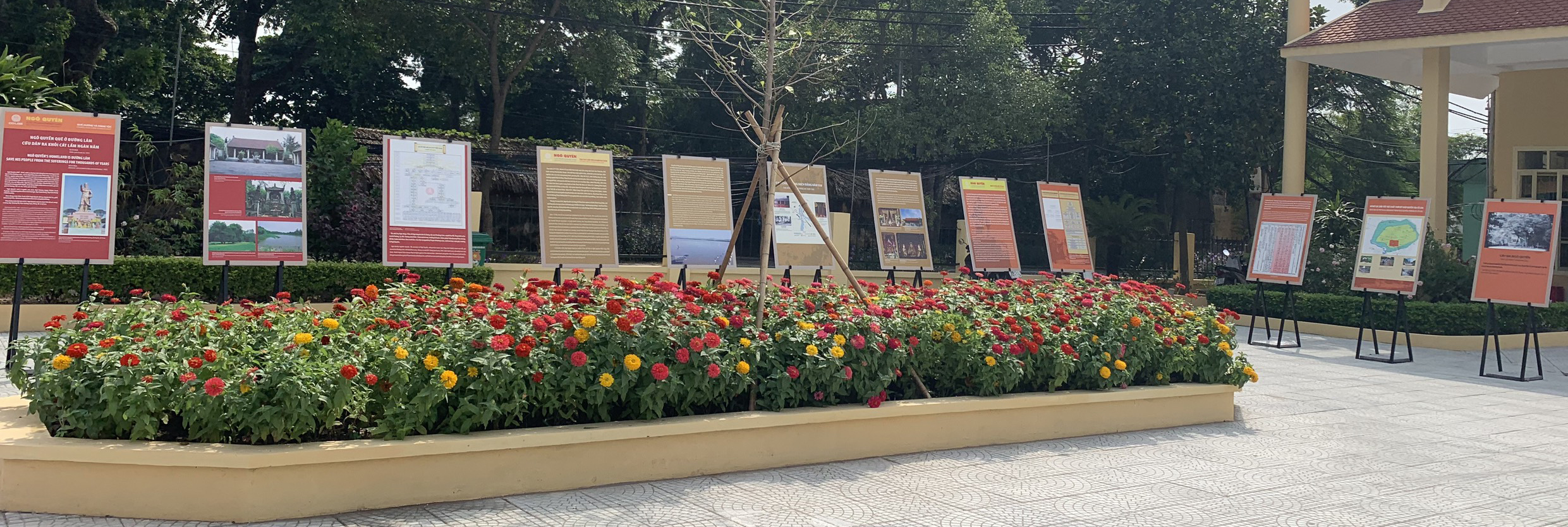 The exhibition content includes 3 main parts:
The exhibition content includes 3 main parts:
Theme 1: Homeland and clan
Brief introduction about historic Duong Lam land, status and lineage of Ngo Quyen
Theme 2: Ngo Quyen - the ancestor of the renaissance of the country
This is the main theme of the exhibition to introduce important milestones in the career of building the country, proclaiming the king and settling in Co Loa in the spring of 939 by Ngo Quyen.
Tourists will relive in the heroic atmosphere of the famous Water War on Bach Dang River. We will find out why Ngo Quyen chose Co Loa as his capital, building a completely independent government and the king standing at the top of Dai Viet kings: so the work to re-create the kings' heads ”(excerpts from the Dai Viet history book of the full history). Ngo Quyen has been honored as the "The patriarch of our country". At the same time, learn material traces about the Ngo Quyen period at Co Loa.
Theme 3: Living forever with the nation
The merits of King Ngo Quyen have been recognized by the people and feudal dynasties of Vietnam to set up temples, communal houses, shrines, carvings of steles, confer the dignity of the self, cast statues, worship and organize goods festivals. Years in the localities in the country related to his life and career. Currently, the country has 58 monuments and places of worship Ngo Quyen, of which Hanoi has 4 relics, most concentrated in Hai Phong, in addition to other provinces such as Phu Tho, Hai Duong, Hung Yen, Nam. Định, Thái Bình.
Exhibition time: October 8 - November 30, 2020
Location: Co Loa relic
Coming to Co Loa to visit the exhibition, you can also immerse yourself in the landscape space with the fresh air, green trees of the ancient citadel several thousand years of history.
The remaining Co Loa relic area up to now is a complex with many types of relics such as: Co Loa citadel relic system; Religions and beliefs (Co Loa Temple, Ngu Trieu Di Quy temple, My Chau am, Bao Son pagoda, Mach Trang communal house and pagoda, Cau Ca temple and pagoda, Thu Cuu temple and pagoda, San village communal house and pagoda, My Chau tomb, prostitutes, temples); Ancient landmarks, hollows (Duc Noi mound, Dong Chuong hillock, Dong Shoot hillock, King hill ...); Revolutionary relic (Safety zone (ATK), weapons factory (whore in Nhoi Nhoi village), family of Mrs. Nguyen Thi Chen in San Gia village ...).
The Citadel of Co Loa
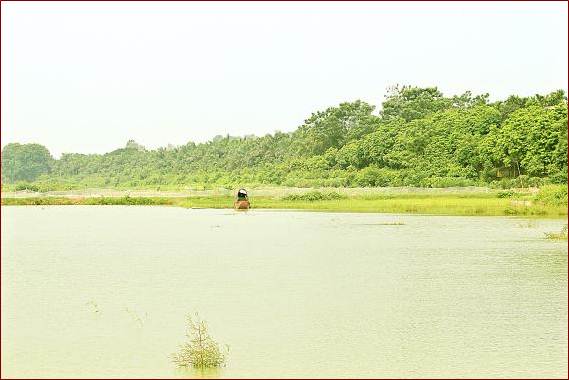
The Citadel of Co Loa also known as " The Soiral Citadel or Loa Thanh" was built by An Duong Vuong in the early years of the Au Lac state more than 2,000 years ago. With a three ring spiral shaped structure it was built up with natural earth mounds. The External Wall and the Middle have an undefined shape, but the Internal Wall is a rectangle. On the three rings of citadel, there are watch towers angd gates. Moats surrounded the three rings, forming an invincible military fortress. Co Loa Citadel is rated as “the most ancient citadel, the Structure of biggest scale, and the most unique in the history of citadels built by the ancient Vietnamese".
Co Loa temple (Thuong temple)
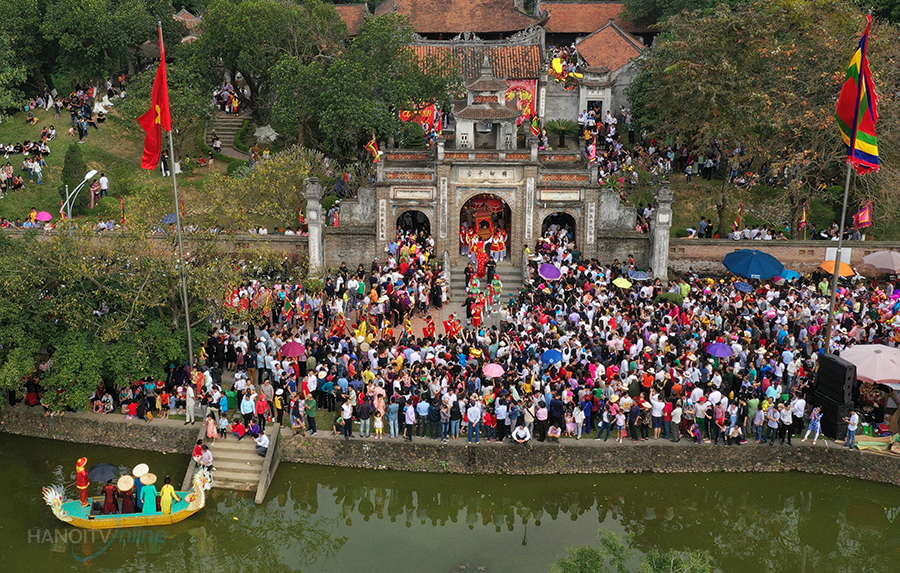 Co Loa Temple (Thuong Temple): The temple is dedicated to King An Duong Vuong and his mandarins, built on the Inner Citadel which is said to be the King’s palace. At Co Loa Temple, many rare and precious artifacts are still preserved including a pair of stone dragons dating from the time of Long Duc (1732), the bronze statue of Ling An Duong Vuong, cast in the year of the Rooster (1897), a pair of pink hores made in 1715, stone stele and stone pillar dating back to the 17th and 18th century.
Co Loa Temple (Thuong Temple): The temple is dedicated to King An Duong Vuong and his mandarins, built on the Inner Citadel which is said to be the King’s palace. At Co Loa Temple, many rare and precious artifacts are still preserved including a pair of stone dragons dating from the time of Long Duc (1732), the bronze statue of Ling An Duong Vuong, cast in the year of the Rooster (1897), a pair of pink hores made in 1715, stone stele and stone pillar dating back to the 17th and 18th century.
Ngu Trieu Di Quy communal housse
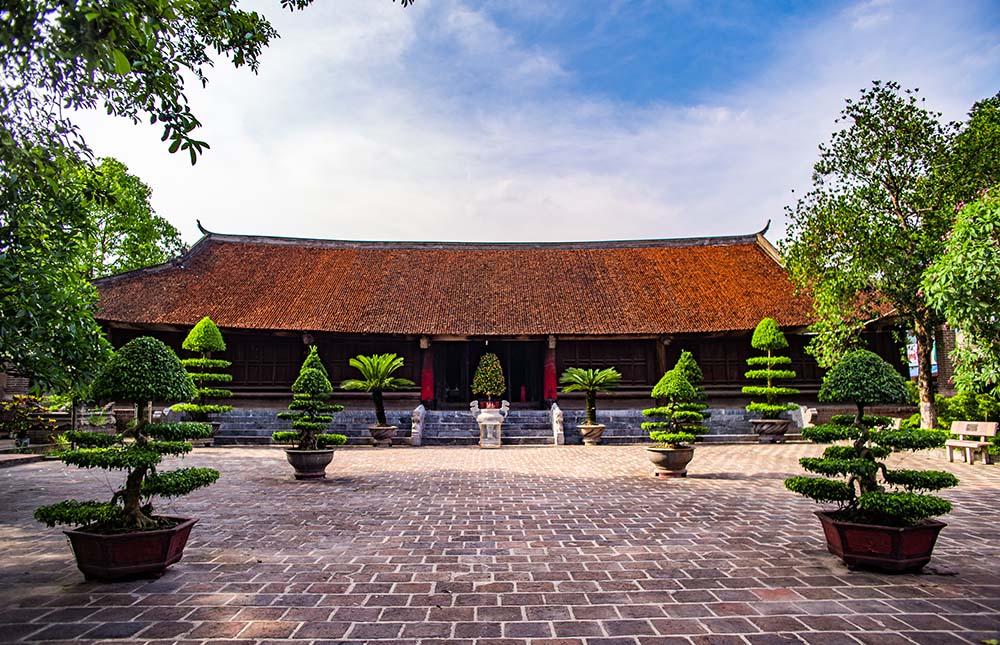 Ngu Trieu Di Quy Communal House: Built in 1892 under the Nguyen Dynasty, in a place legendarily known as the former royal court of An Duong Vuong (in the 3 rd century BC) and Ngo Vuong Quyen (in the 10th century). The temple worships King An Duong Vuong and general Cao Lo. In the communal house, there is a gilded door decoration carved with the images of Four Sacred Animals and four trees representing four seasons, one of the most beautiful of its kind in the northern region.
Ngu Trieu Di Quy Communal House: Built in 1892 under the Nguyen Dynasty, in a place legendarily known as the former royal court of An Duong Vuong (in the 3 rd century BC) and Ngo Vuong Quyen (in the 10th century). The temple worships King An Duong Vuong and general Cao Lo. In the communal house, there is a gilded door decoration carved with the images of Four Sacred Animals and four trees representing four seasons, one of the most beautiful of its kind in the northern region.
My Chau hermitage
My Chau Hermitage (popularly known as the Princess Sanctuary): The humble solitary house for worshiping Princess My Chau is located under a sacred tree. In the forbidden palace is a stone statue without a head but with the body covered by an embroidered rode, which is worshipped in a unique Vietnamese practice.
Co Loa pagoda (Bao Son Pagoda)
Co Loa pagoda (Bao Son Pagoda): Located behind Ngự Trieu Di Quy Communal House, the pagoda is dedicated to Buddha and the worship of the holy Mothers according to Vietnamese cultural traditions. Artifacts in the pagoda are 134 rare and precious lacquer covered earthen statues dating back to the 17 th century.
Guard post in Chua Village
Guard post in Chua Village: This is one of 15 ancient guard posts in Co Loa, a place of worship for the god of the land and cultural activities as well as a place to hold village meetings. By the guard post there is a well dug in the time of King Ngo Quyen.
Coming to Co Loa, visitors will enjoy spiritual culture and adventure, and will also be able to participate in exciting traditional activities such as shooting crossbows in ancient military costumes, building citades, bamboo dancing, crossing sticky rice and of coure taking pictures of the natural scenery surrounding the relic.
We sincerely invite visitors to visit the Co Loa relic and Exhibition: " Ngô Quyền – Ancestor of the national renaissance ".
CO LOA RELIC MANAGEMENT BOARD


